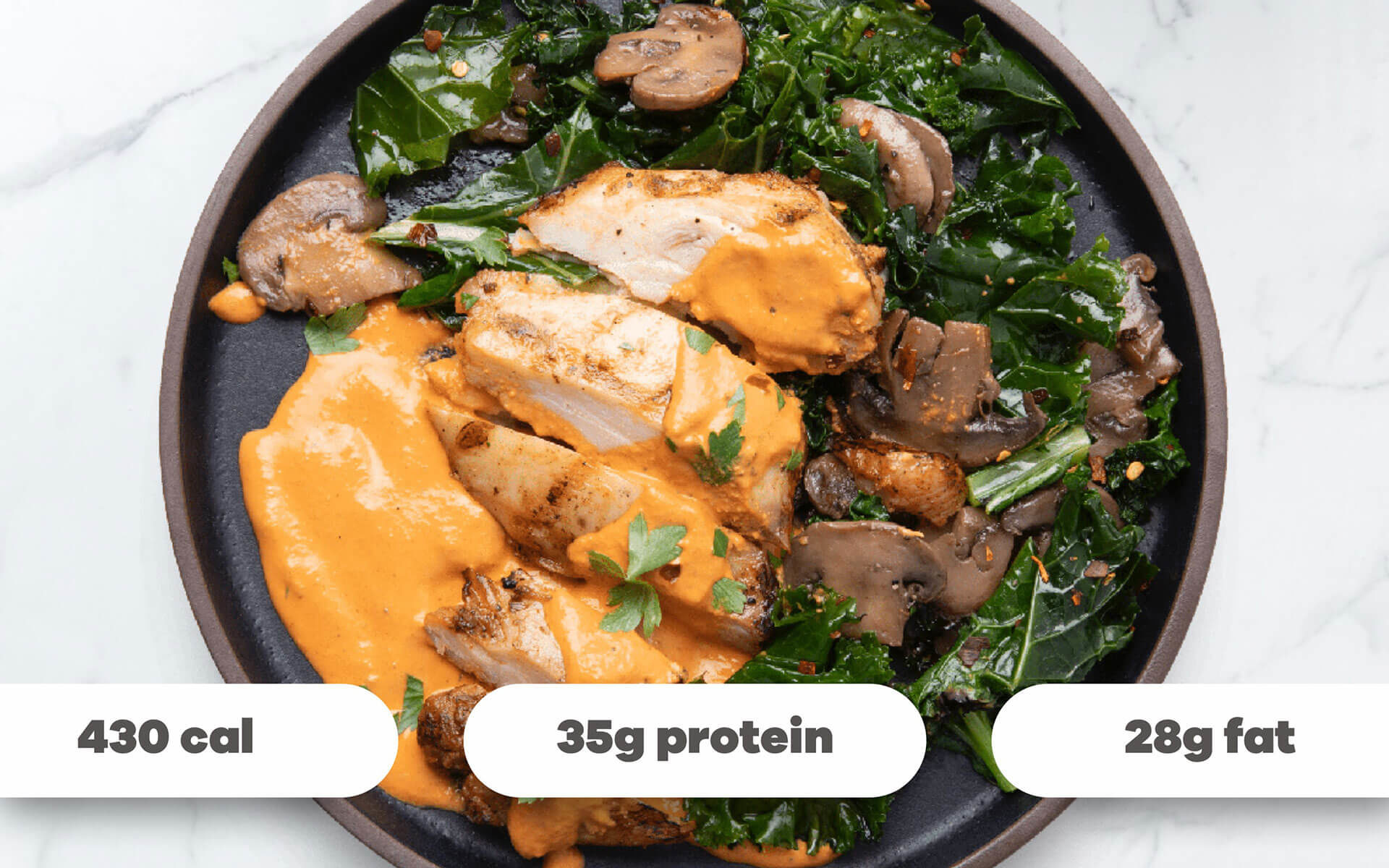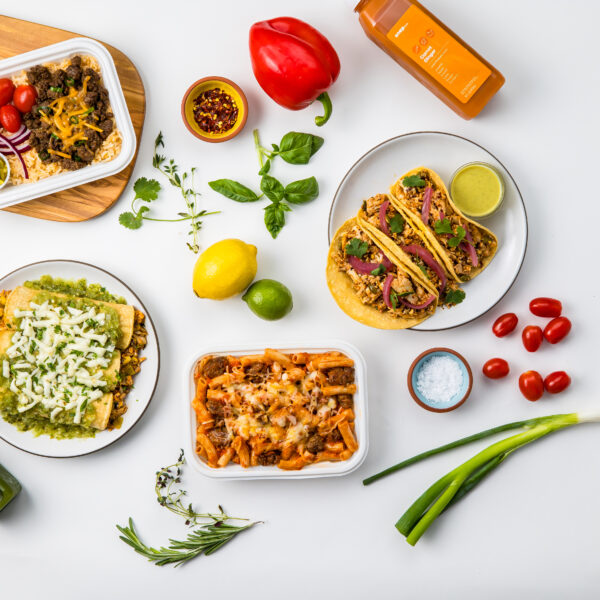Hey, Sam here! I want to bring us back to basics today and talk about what to look for when you’re reading a food label.
It’s critically important to know what’s in your food. And while I often see people reading food labels, I think that most of the time we’re not looking for the right things. For years, we’ve been taught to count calories and to fear fat, but this has consistently been at the expense of nutrient-density and long-term health. Let’s shift that paradigm, shall we? Let’s read food labels to promote health, not to perpetuate a fear of food.
what to look for on a food label
Now that we’ve aligned on why, how about what you should look for? First and foremost, when I talk about a nutrition label, I mean the entire food label; the nutrition facts, the ingredients, and the front of package claims. The front of package claims tend to be super sneaky, advertising everything from “all natural” to “nothing artificial”. Unfortunately, most of this language isn’t regulated and tends to be deceptive.
Here’s a few terms and call-outs that are regulated:
- USDA Organic
- Non-GMO Verified
- Kosher Label
The short story is, don’t be deceived by front of label claims. Instead, pay attention to the ingredient list and the nutrition facts panel. When you’re looking at the ingredient list, ideally you want it to be short & sweet, with only a few ingredients that you can pronounce. This isn’t an exhaustive list, but avoid products that contain:
- artificial colors, flavors or sweeteners
- trans fats (including partially hydrogenated oils)
- processed vegetable oils (we’re looking at you canola, soy, corn, grapeseed, rapeseed, and others)
- artificial preservatives
When you’re looking at the nutrition facts panel, don’t let calories be your only focus. Instead, zero in on sugar and carbohydrates first and foremost. For most chronic conditions, inflammation is the culprit. Both sugar and excessive carbohydrates (particularly refined carbs) contribute to inflammation much more than quality fat.
When it comes to sugar, aim for as little as possible in a packaged product. While sources like dates and maple syrup are more nutrient-dense than cane sugar, they’re still sugar so indulge sparingly.
When it comes to carbohydrates, there’s no set number because we all have different needs and activity levels. Here, focus on quality over quantity. Aim to get most of your carbohydrates from veggies (both starchy and non-starchy), while incorporating high-quality grains like organic rice or quinoa, when you crave them.
As far as calories, don’t let that number alone guide your purchase decisions. It’s just one factor, and not all calories are created equal. Your body doesn’t respond the same way to 100 calories of Oreos as it does to 100 calories of avocado, so don’t equate the two.
And while we’re at it, let’s stop demonizing fat! If you’re eating high-quality, healthy fats like avocados, nuts/seeds, coconut, grass-fed ghee or butter, olives, extra virgin olive oil, avocado oil or pasture-raised animal fats, you have nothing to fear. Focus on the quality of your food instead.
And as far as protein is concerned, just make sure you’re incorporating it! Ideally, whatever product you buy will have a bit of everything: protein, healthy fats and carbohydrates. No one macronutrient reigns supreme.
A few essential questions to ask when you’re grocery shopping:
- is this real food? AKA – is this food close to it’s original form?
- can I easily read the ingredient list?
- is this food something that will make me feel good?
- if the product contains animal-derived ingredients, where did they come from? Always aim for pasture-raised, grass-fedsources whenever possible.
ingredients > nutrition facts
At the end of the day, the quality (and amount) of ingredients is far more important than macronutrient ranges. While we support anyone counting macros- and sometimes it’s super helpful- don’t get so hyper-focused on them that you miss the bigger, real food picture.
Let’s be real. The best foods to buy are those that don’t need a label for you to know what they are and what’s in them. That’s what you’ll find at Snap, but it’s also what you can find if you start looking critically at the items you see on grocery store shelves.
Do you already read labels? What’s your best label reading tip?
Want to skip the label reading and leave it to the experts? Shop our dietitian-curated meal plans today.





Leave a Reply
No Comments